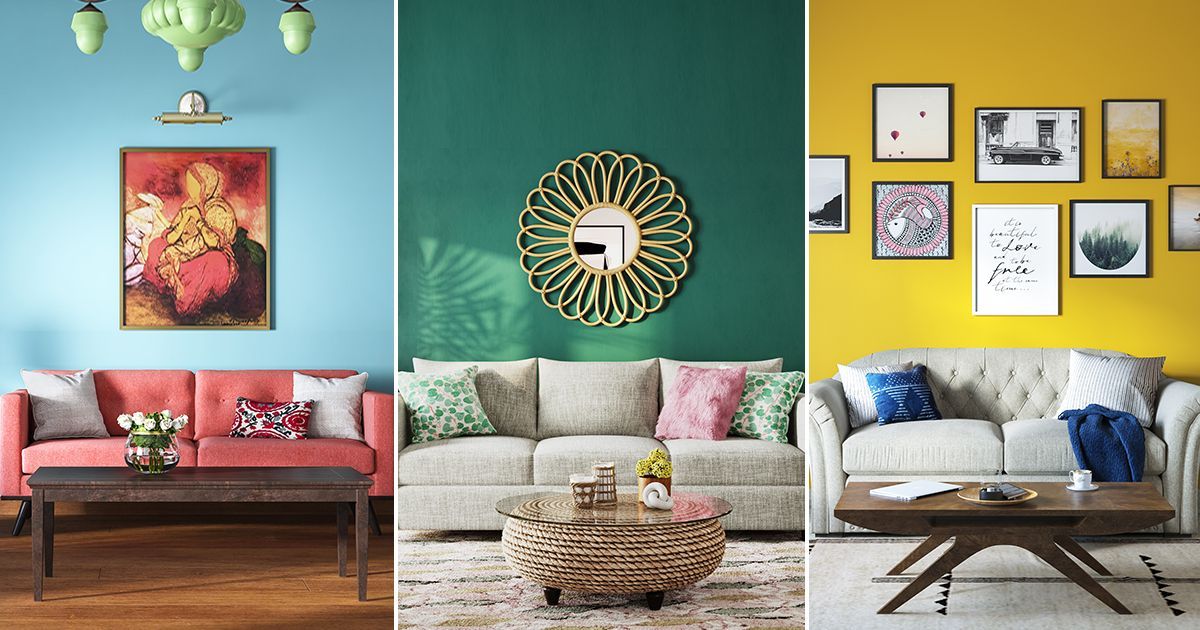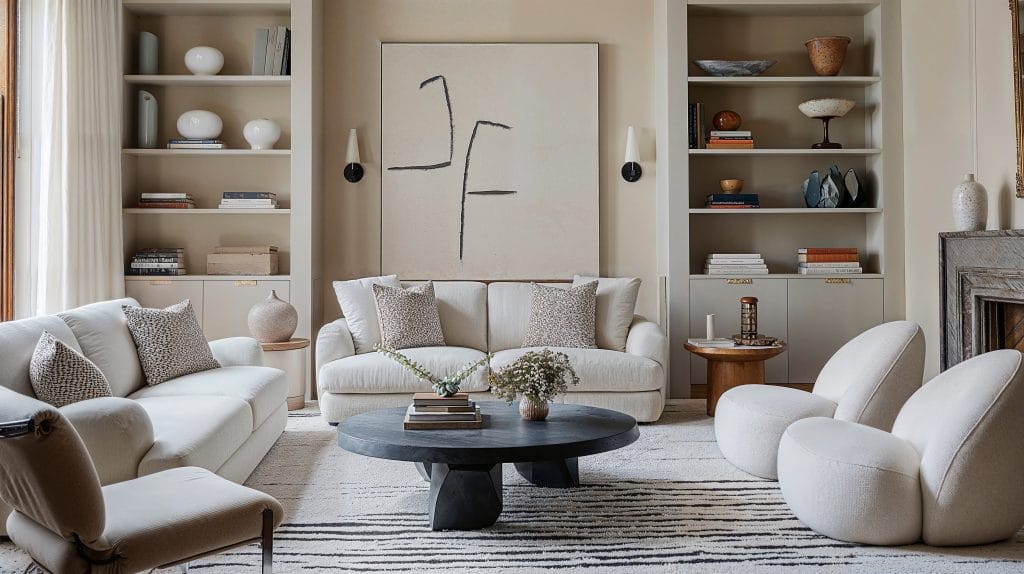Upgrade your space with miami luxury interior design that blends elegance and innovation.
Upgrade your space with miami luxury interior design that blends elegance and innovation.
Blog Article
Transform Your Home With Essential Principles of Interior Decoration and Aesthetic Appeals
By recognizing the effect of color theory and the value of structure and patterns, one can create spaces that are not only aesthetically attractive but additionally deeply individual. Achieving this balance involves more than mere decor; it incorporates a critical plan and a keen understanding of just how each aspect interacts within a room.
Comprehending Color Concept
Comprehending the concepts of shade concept allows designers to create areas that resonate emotionally with residents while meeting functional needs. Each category plays an essential function in developing consistency within a space.
The mental influence of colors is extensive; cozy hues such as reds and oranges evoke energy and warmth, while trendy tones like blues and eco-friendlies advertise peace and tranquility. Furthermore, making use of corresponding shades enhances visual rate of interest, producing striking contrasts that can boost a room's appeal.
Neutral colors, on the other hand, serve as a flexible background, permitting various other layout components to beam. It is vital to think about aspects such as illumination and the area's objective when picking a shade combination, as these can change the understanding of shades throughout the day.
Inevitably, a well-considered color pattern can transform a space, fostering a feeling of convenience and style that lines up with the occupants' preferences. Mastery of shade theory is, as a result, an essential ability for any type of interior developer intending to develop harmonious and inviting settings.
Attaining Balance in Design
How can developers attain a sense of equilibrium in their rooms? Attaining balance in style is essential to creating unified insides. Designers can make use of three main sorts of equilibrium: balanced, asymmetrical, and radial. Balanced equilibrium includes organizing components uniformly around a central factor, promoting a feeling of order and peace. This type frequently includes pairs of furnishings or artwork, enhancing aesthetic stability.
Unbalanced equilibrium, on the other hand, depends on differing aspects that still achieve a cohesive appearance. This method permits more vibrant and casual plans, supplying rate of interest while keeping equilibrium. By carefully choosing differing sizes, colors, and textures, designers can develop an aesthetically compelling area that really feels well balanced yet energetic.
Radial equilibrium emphasizes a main focal factor with elements radiating external. This design is commonly seen in circular designs, where furnishings and decor produce a cohesive border that attracts the eye inward.
Eventually, attaining equilibrium needs thoughtful factor to consider of range, proportion, and the connections between aspects. interior design firms. By skillfully using these equilibrium concepts, developers can change rooms right into environments that really feel both aesthetically pleasing and functionally harmonious, boosting the general experience for passengers
Relevance of Spatial Awareness

An eager sense of spatial awareness enables developers to recognize centerpieces within a room, guiding the audience's attention to vital features while maintaining an overall sense of unity. It also aids in the calculated placement of lighting, which can considerably affect the understanding of area and mood. Additionally, comprehending spatial connections makes it possible for the developer to satisfy the particular requirements of residents, guaranteeing that each area serves its designated purpose without compromising looks.
Inevitably, spatial understanding is vital for making best use of the potential of any kind of interior space. By meticulously thinking about the interplay in between her comment is here measurements, design, and function, developers can produce settings that not just meet practical needs however also stimulate a sense of convenience and charm, boosting the total living experience.
Integrating Appearance and Patterns
Accepting a varied series of textures and patterns can dramatically improve the aesthetic and tactile charm of an indoor area. The critical use of numerous materials-- such as timber, metal, textile, and stone-- produces deepness and interest, making an area feel extra inviting and dynamic. For circumstances, combining smooth surface areas with harsh structures can develop a balance that draws the eye and involves the detects.
When incorporating patterns, take into consideration both scale and rep. Large patterns can act as centerpieces, while smaller, subtle layouts can enhance other aspects without frustrating the room. Layering patterns, such as pairing flower cushions with striped throws, includes intricacy and a feeling of harmony if performed thoughtfully.
It is additionally critical to keep a natural shade combination, making sure that textures and patterns interact as opposed to contend for attention. By picking a couple of crucial structures and patterns, you can produce a combined aesthetic that mirrors your individual style while improving the general ambiance of the room. Inevitably, the mindful consolidation of these elements can transform an ordinary area into a sophisticated setting rich with character and warmth.
Personalizing Your Room
Producing a space that mirrors your individuality is important to achieving an absolutely inviting setting. Personalization in interior decoration enables you to instill your special style and passions into your home, changing it from a simple shelter right into a refuge that speaks to that you are. Begin by choosing a shade combination that resonates with your emotions-- strong hues can invigorate, while soft tones provide peace.
Integrate art work and design that mirror your passions, whether it be traveling, nature, or abstract concepts. Showing individual collections, such as books, pictures, or souvenirs, can stimulate visit this website treasured memories and develop centerpieces within an area. Additionally, take into consideration customizing useful pieces, like upholstered furnishings, to straighten with your aesthetic choices.

Conclusion
To conclude, the makeover of a home through the crucial principles of interior style and visual appeal requires a thorough understanding of shade theory, equilibrium, spatial awareness, structure, and customization. Each component contributes considerably to producing a harmonious and practical living setting - miami luxury interior design. By attentively incorporating these concepts, people can enhance the visual appeal and emotional resonance of their areas, ultimately promoting a home that shows one-of-a-kind identifications while giving convenience and usefulness
Report this page